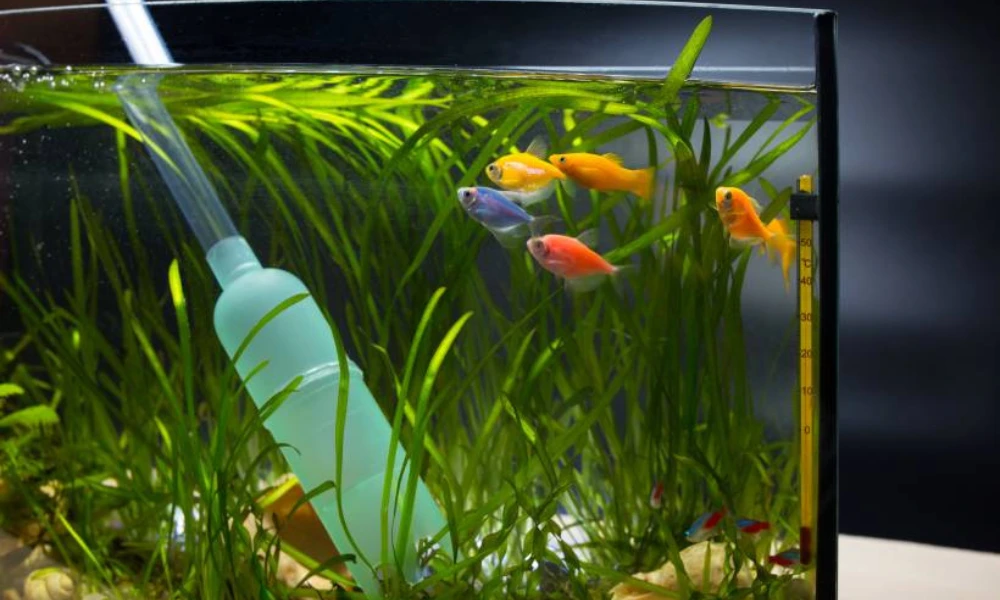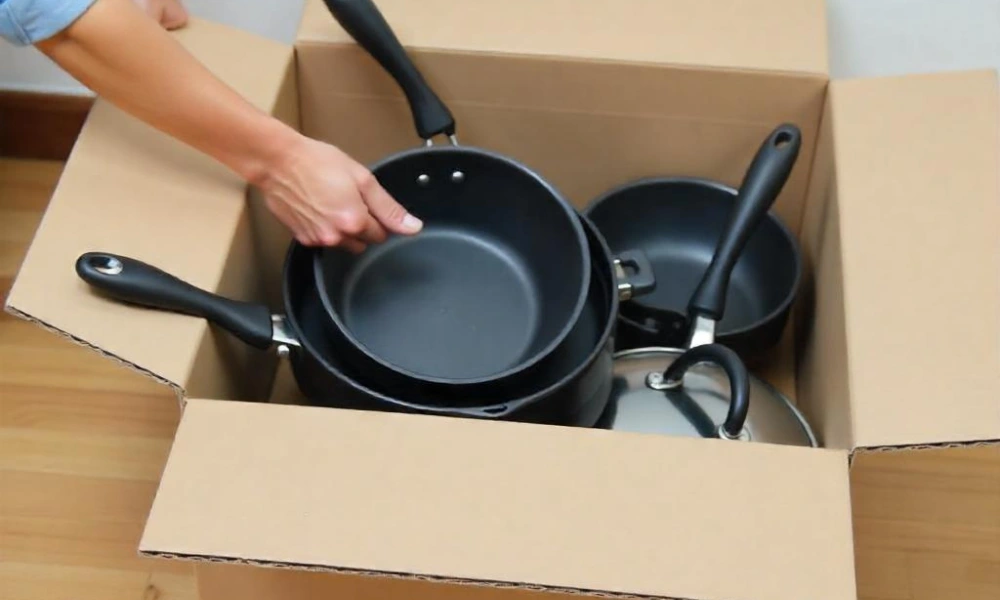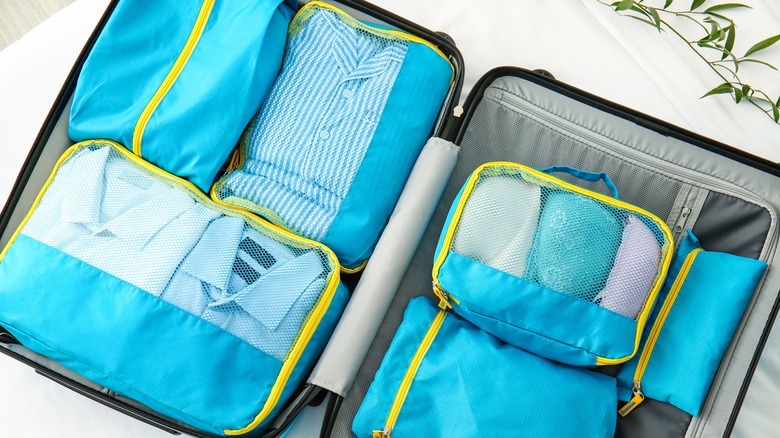How to Move a Fish Tank | A Step-by-Step Guide
How to move a fish tank can be a daunting task, but with the right planning and preparation, it can be done safely and efficiently. Moving a fish tank involves more than just transporting glass and water; it’s about ensuring the safety of your fish and minimizing any potential damage to the tank. By following the proper steps and taking precautions, you can avoid stressing your aquatic pets and ensure that your moving fish tank is set up properly in its new location. Preparing the Fish and Tank Before the Move Importance of Preparation Moving a fish tank is not something to take lightly proper planning is essential to ensure a smooth transition for both the fish and the tank. Fish are sensitive creatures, and the stress of a move can affect their health. By taking the time to prepare, you can minimize that stress and ensure your fish settle into their new home without issue. The key to a successful fish tank moving experience is ensuring that both the water quality and temperature remain stable throughout the process, while also considering the wellbeing of the fish. Steps to Prepare the Fish Gradually Reduce Food Intake:About a day before the move, start reducing the amount of food you give your fish. This will help to lessen waste and prevent water contamination during the transition. Overfeeding right before the move can lead to water quality issues and unnecessary stress for the fish. Consider Temporary Housing:Depending on the distance and nature of your move, it may be best to temporarily place the fish in a holding container or bag. This can be a large plastic bag or a suitable transport container, filled with water from the tank to keep them comfortable. Keep the container sealed and ensure proper oxygenation to prevent the fish from suffocating during the move. How to Prepare the Tank Empty the Tank of Equipment:Disconnect and remove all equipment from the tank, including filters, heaters, lights, and decorations. This will make the tank easier to handle and prevent any equipment from being damaged during the move. Remove the Water, But Leave Enough Substrate Coverage:Drain most of the water from the tank, but leave a small amount just enough to cover the substrate (gravel, sand, etc.). The substrate helps to maintain the biological environment of the tank and can help keep beneficial bacteria alive during the move. If your fish are in a separate container, the remaining water helps maintain a more stable environment inside the tank until it’s re-established in your new location. With these steps in mind, your fish tank moving process will be far less stressful for everyone involved. Proper preparation not only safeguards your fish’s health but also ensures that your tank is set up correctly and ready for use once you’ve settled into your new home. If you want any type of local moving services contact no other than Chamomile Go. Equipment Needed to Move Your Aquarium When moving a fish tank, having the right equipment is crucial to ensure everything is transported safely and efficiently. Here’s a list of the essential packing materials and tools you’ll need: Packing Materials Containers for the Fish: Use bags, buckets, or travel tanks to transport your fish safely. It’s important to use a container large enough for the fish to move around comfortably but not too big that the water becomes unstable during the trip. Cushioning Materials: Styrofoam or thick blankets can help cushion the tank during transit, preventing any damage from bumps or sudden movements. Resealable Bags or Containers for Live Plants and Critters: If your tank houses live plants or critters like snails or shrimp, it’s best to place them in resealable bags or containers to ensure they stay hydrated and secure. Tools Siphon or Pump: A siphon or pump will help you remove the water efficiently from the tank while keeping things neat. Fish Nets: Using fish nets ensures that your fish are moved gently without causing unnecessary stress or injury. Packing Tape, Markers, and Labels: Securely tape down any items and use markers to label everything clearly, especially when it comes to fragile equipment or fish transport containers. Transport Containers for Tank Components Boxes for Fragile Equipment: Fragile items like filters and heaters should be packed in sturdy boxes with adequate padding to avoid breakage. Plastic Bags for Electrical Components: To protect electrical items like filters and lights, seal them in zip-lock bags or plastic bags to keep moisture out and ensure safe transport. Having all of these items ready will make moving a fish tank a much smoother and less stressful process. Proper preparation ensures both the safety of your aquatic life and the protection of your tank’s components. How to Move a Fish Tank Full of Water Considerations for Moving a Tank with Water When moving a fish tank, you might wonder whether to keep some or all of the water in the tank during the move. There are pros and cons to both options. Pros of Keeping Water in the Tank:Keeping water in the tank can help maintain the stability of the environment, as it preserves the tank’s temperature and water chemistry. The fish will also be more comfortable in their familiar setting. Cons of Keeping Water in the Tank:Water adds significant weight to the tank, making it much more difficult to transport. Additionally, the water can slosh around during the move, increasing the risk of spills or cracks in the glass if not handled carefully. If you decide to move the tank with some or all of its water, it’s essential to take extra precautions to ensure the safety of both the tank and the fish. Best Practices for Moving a Fish Tank with Water How to Carefully Remove and Store WaterIf you’re not keeping all the water in the tank, use a siphon or pump to carefully remove the water before the move. This allows you to store the water in containers, which can be poured back into











